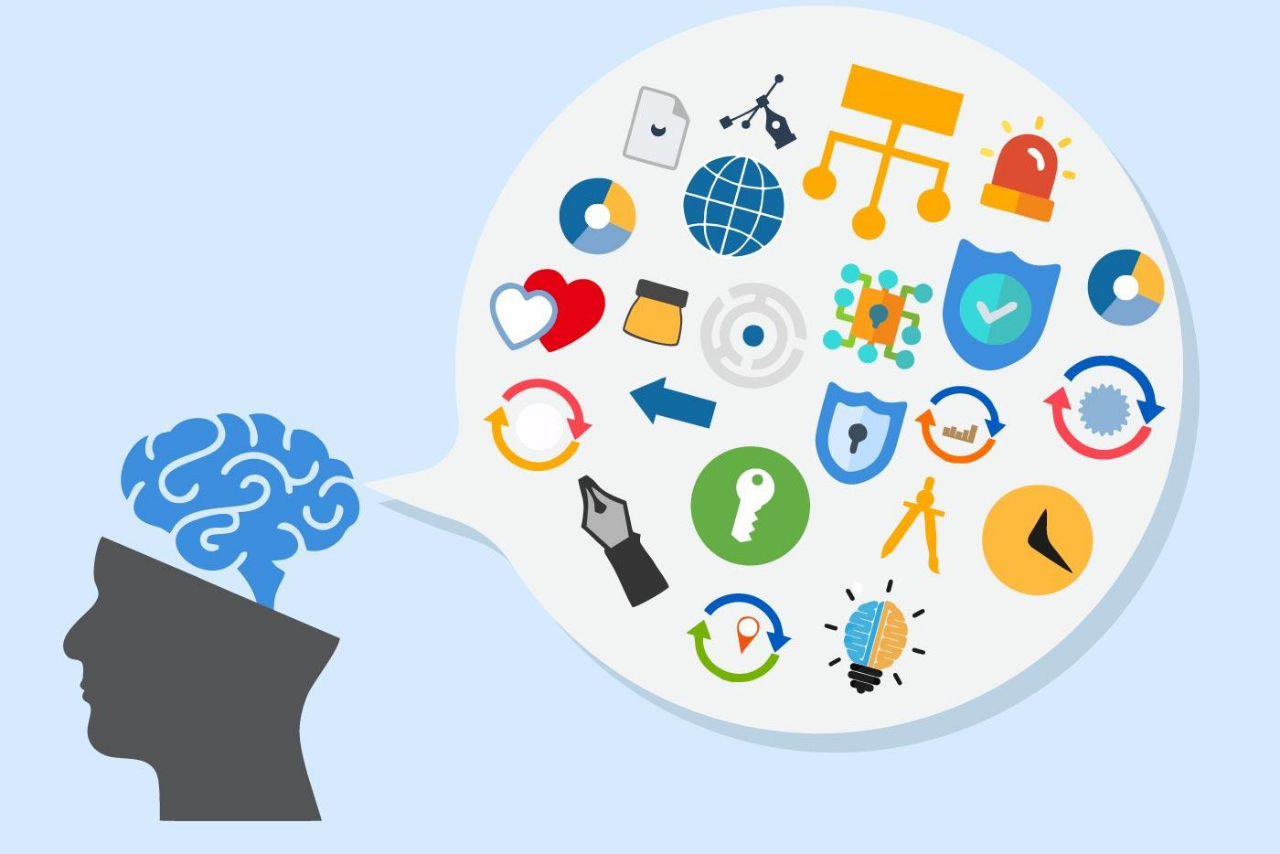“We tell ourselves stories in order to live” – Joan Didion, American Writer
Stories have always been the primal factor to drive forth evolution of day-to-day communication. Storyteller Leo Widrich says; when we hear a story, not only are the language processing parts in our brain activated, but other areas in our brain that we would use when experiencing the events of the story are activated too.
“Business Storytelling tends to tap into the emotional and instinctive quotient of the audience. Although it exhibits an irrational behavioural flow, it borrows its fundamentals heavily from the branch of Neuroscience.
Implications of Neuroscience
CEO of GoPro, Nicholas Woodman said, “like how a day on the mountain with friends is more meaningful than one spent alone, sharing collective experiences makes our lives more fun”, the number of users streaming videos from GoPro cameras increased. He basically weaved a story that made his audience visualise an experience. When a good story is heard, activities in the neural system increases and the brain lights up. According to neuroscientists, our brain runs on electrical impulses and when we hear a story, the neurons activate leading them to be wired together, thereby increasing the retention rate of the information.
Conjunction of the Chemical Trinity
The organic chemical activity in our brain, relevant to business storytelling consists of three chemicals – Cortisol, Dopamine and Oxytocin. These three chemicals play an important role in the process of business storytelling. However, there is no predefined formula as to how to use the activation of these chemicals in order or by priority. It all comes down to the narrative and the narrator.
Cortisol – The Attention Seeker
Cortisol is produced when the brain senses signs of distress. This chemical anticipates threat signals and communicates the distress to other senses. Fear of missing out or FOMO campaigns are rooted in the philosophy of instigating a sense of frustration at what others already have. Exit-Intent pop ups, for instance, induce cortisol. Users are made to feel a sense of loss on the offer if they avoid signing up for it.
Dopamine – The Pleasure Giver
Dopamine aids our learning system and rewards us with pleasure. All of our heuristic behaviours are associated with Dopamine. According to research done across workplaces, gamification at the workplace has increased employee engagement by 48%. Gamification enables the activation of Dopamine which results in inspiring employees to work harder.
Oxytocin – The Life Saver
This chemical compound is every marketer’s friend. It aids empathetic behavior and promotes social engagement. Many brands have increased loyalty and cashed on ripple effect by creating close knit networks and groups. Companies like Harley Davidson promote social engagement by creating exclusive members only communities. People who enlist to be a part of this membership get access to the complete Harley Davidson experience. Also they get invited to exclusive members only trips, biking accessories and other benefits. These riders etch out hundreds of stories about the activities Harley Davidson as a company undertakes, which acts as a gateway into the riding community for the next gen riders.
Neuroscience weds Business Storytelling
Brand Beats is a case of how they nailed the activation of the chemical trinity. They induced the effect of Cortisol by putting out the reality of sub par headphones and how people lose out on a lot by hearing music on it. Dr.Dre, the founder of Beats went ahead to create premium sound entertainment that is accessible to the masses and celebrities alike which resulted in the rush of Dopamine and increased the numbers in the Beats Community, all thanks to Oxytocin.
Understanding the science of storytelling opens up the secrets to navigate the brain to reach the heart of the audience. The science guides storytellers in crafting stories to gain maximum attention and retention. Cortisol is activated when a user is presented with the brand communication for the first time, and hence it is associated with the campaign awareness experience. Dopamine on the other hand helps in creating a feeling of interest ensuring that the user engages with our marketing campaign. The audience relates with our story and the protagonist only with the help of Oxytocin.
“Storytelling is not a silver bullet. It is a thoughtfully crafted narrative with the inclusion of neuroscience. “
The components for crafting a successful story are enhanced with awareness and active consideration of neuroscience impact. This is where art and science of storytelling meet and the magic happens.
At We-Storytellers, we bring the magic to your business stories. Tell stories that your audience wants to hear.
Visit us – www.we-storytellers.in


